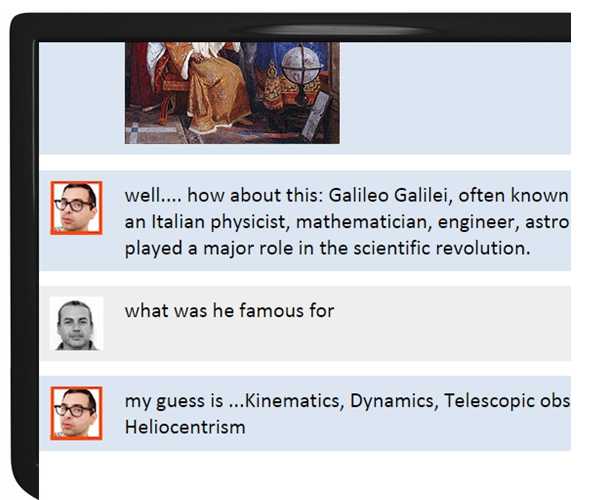Your DNA determines everything about you: eye color, height, body shape, skin type, etc. But it does not determine one thing about you. Your mind.
At birth, human brain is nothing but an empty storage tank with 30 billion neurons in it. In contrast to your wonderfully choreographed body with details from toe nails to hair thickness, there will be nothing special about this most important vital organ. The brain needs to be filled. It is a process. The process of learning and maturing via various life experiences results in the final description of who you are, and yet it continues to change in time with increasingly smaller amounts and slower pace.
You may wonder why it is important to know the DNA of your Mind (DNAM). Although it may sound like an original idea, it is actually nothing new. For example, tracking and profiling Facebook users based on their likes is some rudimentary form of DNAM. Obviously, such a thing is perceived as a dark enterprise nowadays due to privacy concerns.
When we move from the present gloomy picture and imagine what can happen in the future, the meaning of DNAM may change drastically. If DNA cloning ensures the eternal continuation of your body, then DNAM may ensure the immortality of your mind, in a peculiar and exciting manner. The truthfulness of this statement very much depends on how DNAM will evolve from being just a commercial “profile” to something much spectacular.
Psychological studies have several, somewhat debatable, human personality theories. Creating a model for DNAM must use something like the Raymond Cattell’s 16 Personality Factors. Marking them on 1 to 10 scale (either by measurements or self determination) shows your behavior such as reasoning, emotional stability, sensitivity, patience, and other factors as shown in the blue chart. Mathematically speaking, if we had Steve Jobs’ blue chart like this one, there could be another 20 million people out there with the same blue chart. As a result, psychological profiling is never unique enough to claim your DNAM.
The exClone process takes the blue chart into consideration by determining several factors such as dialogue behavior, curiosity, openness, patience, and eagerness to learn. All these traits easily reflect themselves in one’s speech patterns. However, the degree of accuracy in replicating your personality will always be debatable.
The classical approach to human personality modeling omits the role of a 2nd important element, which we call it “expertise.” In the same scale of 1 to 10, now we can mark the level of knowledge in various fields as shown in the green chart. This list could be as long as it needs to be depending on each person. The expertise can be anything ranging from how to boil an egg to how to launch a nuclear missile. The blue chart combined with green chart will now have a better chance to depict a unique DNAM of Steve Jobs as well as you.
The digital cloning of human expertise, undertaken by the exClone project, attacks this basic problem by the creation process of exClones. To make exClones useful to society, the main emphasis is given to the expertise part (green chart.) The expertise in various fields and subfields are entered into the system by the creator. To leverage the potential of organic growth of knowledge, an exClone continues to learn after his/her birth by following the personality traits of its creator (blue chart) by means of social conversations and by accessing the Internet sources.
The uniqueness of the green chart is in its identification and prioritization of knowledge. For example, between the two dentists who went to the same school, it would be impossible for them to have the same expertise in real life. Each would have a different clinical experience over time. This unique experience combined with the personality traits (blue chart) is what makes up the final definition of our minds and DNAM. The screenshot below shows how Micheal, the first exClone ever born, displays his expertise in a conversation with a somewhat nerdy attitude.
The exClone project is significant in its role to be the first comprehensive attempt to model deep artificial intelligence at a personal level. Should the computers we create have personalities and knowledge prioritization? The short answer is “absolutely yes”. Differences fill all the gaps, and avoid common blind spots. That is the power of group thinking and the corner stone of human civilization. The future of computerized human societies will be more successful with human-like variety as opposed to a single, “can do all,” generic, emotionless computers.


